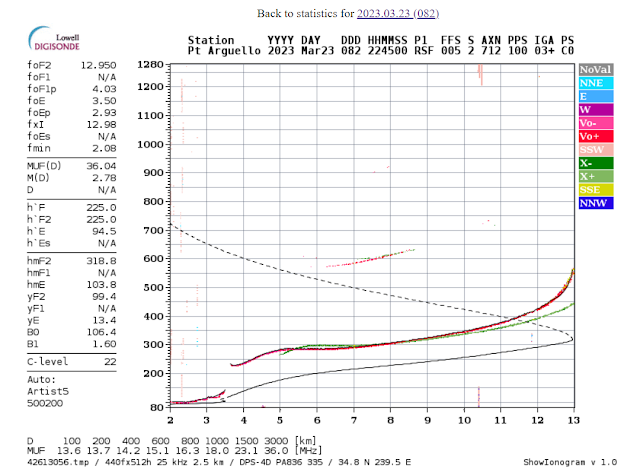There's a beach on the Bay just south of Oakland in Alameda. I wouldn't have known if not for ham radio and parks on the air POTA.
Headed to the beach. The San Francisco skyline
Park:
Robert W. Crown Memorial State Beach K-3550.
Getting there
I took the Alameda Seaplane Ferry! It's a really nice ride with plenty of things to look at like the San Francisco Skyline above, the Bay Bridge, and the USS Hornet, (after the transit map below.)
Other Things To See On The Way
USS Hornet
The museum ship, the USS Hornet, is a short walk from the ferry terminal. I didn't get to stop in the day of the POTA, but I'd like to soon.
Furniture
If you're in need of a couch, the Pottery Barn clearance store is on the walk from the ferry terminal to the beach. Sooo many discounted white couches.
Lake Chalet
I met part of my extended family in Oakland for dinner. Making the bus connection was a little intense thanks to my planning skills, but I was able to catch the 20 about a mile from the beach. I rode to downtown Oakland where I walked to the Lake Chalet on Lake Merritt. The food is delicious, the staff is friendly, and the restaurant's situated in a gorgeous park near a lake.
Radio Details:
The Rockmite was suspended in the antenna per normal these days. There seems to have been a loose connection to the BNC connector that was causing some issues, hence the low signal reports below I assume.
QSO/RBN spot map:
Interactive:
Happenings of Interest
Frankly, the weather was just nice, and that's a relief and a surprise after the last few weeks. There were a few crows building a nest, a few squirrels gamboling around, and a few hikers were out wandering up and down the beach trail.Also, the radio reached North Carolina! Looking back on the ionogram at that time, the F2 layer was higher than it has usually been
QSO Log
| Callsign | rx RST | tx RST | Time (GMT) | Frequency |
|---|---|---|---|---|
| WA6GFE | 599 | 539 | 21:20 | 14057.6 |
| W0AZ | 449 | 599 | 21:26 | 14057.6 |
| NZ7Q | 559 | 559 | 22:35 | 14057.6 |
| N4EX | 229 | 339 | 22:42 | 14057.6 |
| NT6E | 529 | 599 | 23:02 | 14057.6 |
| WB7DND | 549 | 549 | 23:30 | 14057.6 |
| KJ7DT | 559 | 559 | 22:47 | 14057.6 |
| NA6JD | 529 | 599 | 00:12 | 14057.6 |
| N6KM | 229 | 599 | 23:57 | 14057.6 |
| AG7S | 559 | 599 | 23:59 | 14057.6 |
| AI7BM | 539 | 599 | 00:03 | 14057.6 |
POTA tx QSL:
QSL rx album:
References
POTA (Parks on the Air)







Comments
Post a Comment
Please leave your comments on this topic: